I am here
Choreographed and performed by Magnolia Yang Sao Yia
Sound 1 design by Queen Drea and Magnolia Yang Sao Yia, created for she can be seen walking alone (2015)
Sound 2 by Maly Vue, “Txav Los Ze Ze”
Art installation inspired by Kuab Maiv Yaj’s Tsev installation (2017) and collaboration (2018)
June 30, 2018
WISLI Joint Student Conference
University of Wisconsin, Madison
June 6, 2018
TŪHONO
Whakaahua - Coming to Form - An indigenous approach to dance-making instructed by UCR Visiting Assistant Professor Louise Potiki Bryant
June 4, 2018
ROUND 1: 16th Annual Graduate Student Dance Showing
University of California, Riverside
PROGRAM NOTES
ARTIST STATEMENT
My presence begins with the acknowledgement of our creators, the transcendent spirits that guide us on this journey, the ancestors who watch and protect us on our way, and at the grace of the poj ntxoog. It is continued through the existence of Cahuilla people and spirits, and their nurturing of this sacred homeland, of Pachappa. Native scholar Paul Apocada reminds us that “the growth of outside groups present threats to historic cultural patterns” and “continuity of language, culture, and folklore”[1]of Native Indigenous communities such as Cahuilla people who have cared for this land for over 5,000 years.[2]Although both displacement and choice implicates my presence in Pachappa, it is important that I do not further perpetuate this erasure and discontinuity with my presence. It is important that I honor Cahuilla people and spirits with this presence. It is my responsibility to continue to honor Cahuilla people, spirits and land. As a stateless Hmong person, child of refugees coming from a history of displacement and genocide, I am grateful to be given the opportunity, a second, third, fourth…chance at life, to make home and feel home on Cahuilla land. May my presence not be in vain.
THANK YOUS
My gratitude continues and extends to Louise Potiki Bryant for this journey she has taken us on. For the Māori ancestral and indigenous knowledge gifted and graciously shared with us. For the labor and research of Dr. Te AhukaramūCharles Royal. For Whakaahua dance. For helping me remember. For pushing me to not forget. For reviving me to not be ashamed of who I am. Thank you Louise.
Thank you for your energies and support: Olana, Josie, Cristina, Grant and Paddy.
PAPER BOATS
At the end of the performance, you will be guided outside and invited to burn joss paper boats. The joss paper burnt is spirit money and folded into a boat represents a specific currency. The ritual practice of burning joss paper is a Hmong spiritual practice, not exclusive to other cultures and contexts, in honoring spirits and utilized in Hmong healing practices. It is also present in other Hmong traditional practices and may vary in usage and function depending on lineage and clan. This spirit money will be an offering to deities, energies and spirits – creators, guiding spirits, ancestors, Cahuilla presence and poj ntxoog.
[1]Apodaca, Paul. Tradition, Myth, and Performance of Cahuilla Bird Song, 5. Ann Arbor: UMI, 1999.
[2]http://www.aguacaliente.org/content/History%20and%20Culture/



